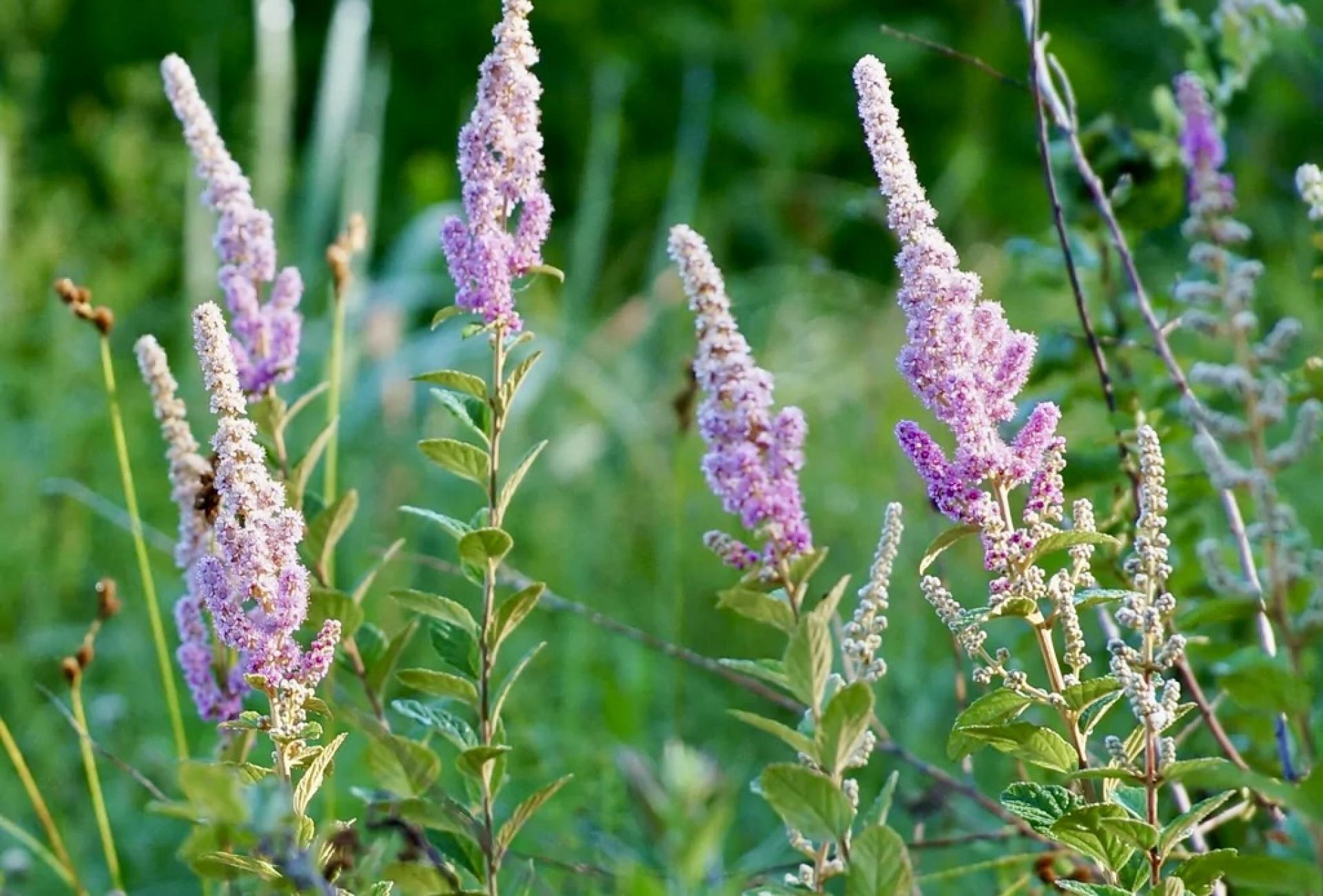You are here
Be a Better Gardener: The Thrill of Starting from Seed
Be a Better Gardener: The Thrill of Starting from Seed
By Thomas Christopher
I love to start my garden plants from seed. This has a number of practical advantages. A packet of seeds costs less than a single perennial plant, yet the seeds in that packet have the potential to fill a whole garden bed. Then, too, there is a much wider variety of plants available as seeds than as already-started plants. Finally, for me, there is magic in this process. You sow a seemingly inanimate object in the soil, and from it springs new life, a green shoot. After more than 50 years as a gardener, this still thrills me every time.
Anna Fialkoff, ecological programs manager of the Wild Seed Project in North Yarmouth, Maine, assured me that all these benefits apply to the seeds of native plants that her organization sells to members and the public. Plus, there are a couple of very important advantages peculiar to native plants grown from seed, especially locally collected seed such as the Native Seed Project supplies. Plants from locally sourced seeds are likely to be better adapted to your local growing conditions and better at serving local wildlife than plants sent to you from some distant mail order nursery or sold in a big box store that acquired them from an out of state wholesale grower.
Another advantage of seed-grown plants is that they are genetically variable. No two such plants, even those sprung from seeds borne by the same plant, are identical genetically. This makes them, as a group, better able to adapt to stresses or changes within their environment. Nursery grown plants are commonly propagated by cuttings or tissue culture, forms of cloning, because those production methods result in standardized plants that are easier to raise with industrial cultural techniques. They are also attractive to customers who prefer predictability. Because every one of the plants in those populations is genetically identical, though, they have far less ability to adapt.
Fialkoff did mention one common obstacle to success in starting natives from seed. The natives in the colder states such as Maine, or even our more temperate regions, do not as a rule respond well to the type of treatment we have learned from growing vegetables and traditional garden annuals from seed. Those more familiar domesticated crops are typically started in late winter or early spring indoors, or sown directly into the garden later in the spring. Seeds of our native perennials, grasses, and shrubs, in contrast, commonly need a period of chilling and moisture before they will break dormancy. That’s why they are better sown into small pots or trays of potting soil in fall and then left outdoors in a shady spot through the winter.
Different types of seeds will germinate on different schedules, with some sprouting the following spring, and some others needing a couple of years of this treatment to sprout. Patience, Fialkoff adds, is an essential trait for the native seed starter. Given patience, though, she added, you will find this a very easy process.
When I suggested to Fialkoff that gardeners might want to collect their own seeds, she discouraged this. Seed collecting can stress remnant populations of natives, especially in the case of rare species or in areas where native plants are already under pressure from development. In addition, unless the seed is fully ripe when collected, which may not be clear to the novice, it won’t germinate. It is better, she advised, to buy the seeds from an organization such as the Native Seed Project (which is careful to collect responsibly) or from a nursery such as Wildflower Farm (wildflowerfarm.com), which harvests seed from its own fields. If, in the quest for truly local seed, you are determined to harvest your own, you should consult the North American Native Plant Society website – nanps.org – to learn how to do so ethically and successfully.
For more detailed instructions on starting native plants from seeds, visit the Wild Seed Project website, at wildseedproject.net. If you join (annual dues for new members is $50), you will not only receive a 10 percent discount on all of the Wild Seed Project’s 75 different species of native seeds, you will also gain access to monthly question and answer sessions (via Zoom) with the Project’s plant experts.
To listen to a conversation with Fialkoff, log onto the Berkshire Botanical Garden’s “Growing Greener” podcast at berkshirebotanical.org.
Be-a-Better-Gardener is a community service of Berkshire Botanical Garden. Its mission, to provide knowledge of gardening and the environment through a diverse range of classes and programs, informs and inspires thousands of students and visitors each year. Thomas Christopher is a volunteer at Berkshire Botanical Garden and is the author or co-author of more than a dozen books, including Nature into Art and The Gardens of Wave Hill (Timber Press, 2019). He is the 2021 Garden Club of America's National Medalist for Literature, a distinction reserved to recognize those who have left a profound and lasting impact on issues that are most important to the GCA. Christopher’s companion broadcast to this column, Growing Greener, streams on WESUFM.org, Pacifica Radio and NPR and is available at berkshirebotanical.org/growinggreener.
Help Our Garden Grow!
Your donation helps us to educate and inspire visitors of all ages on the art and science of gardening and the preservation of our environment.
All donations are 100 percent tax deductible.


